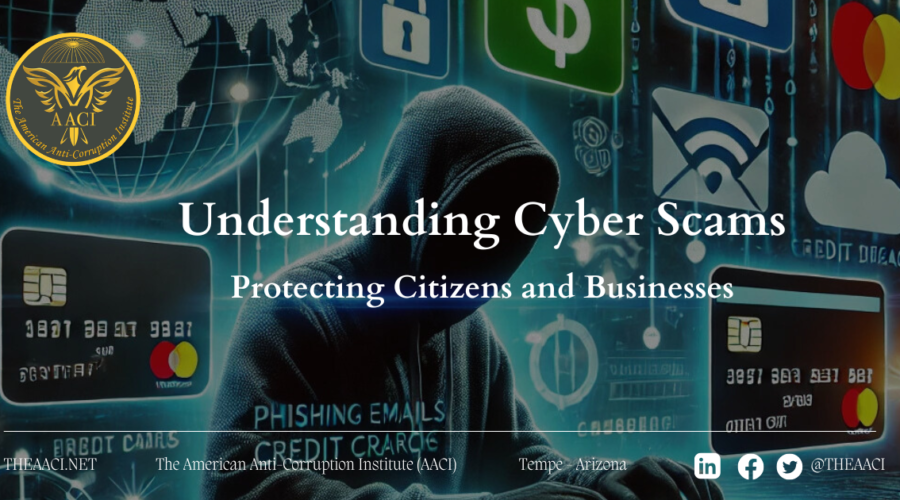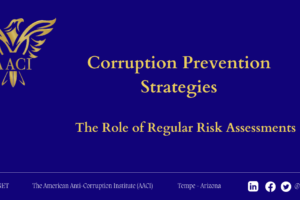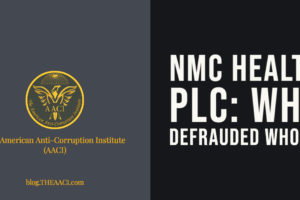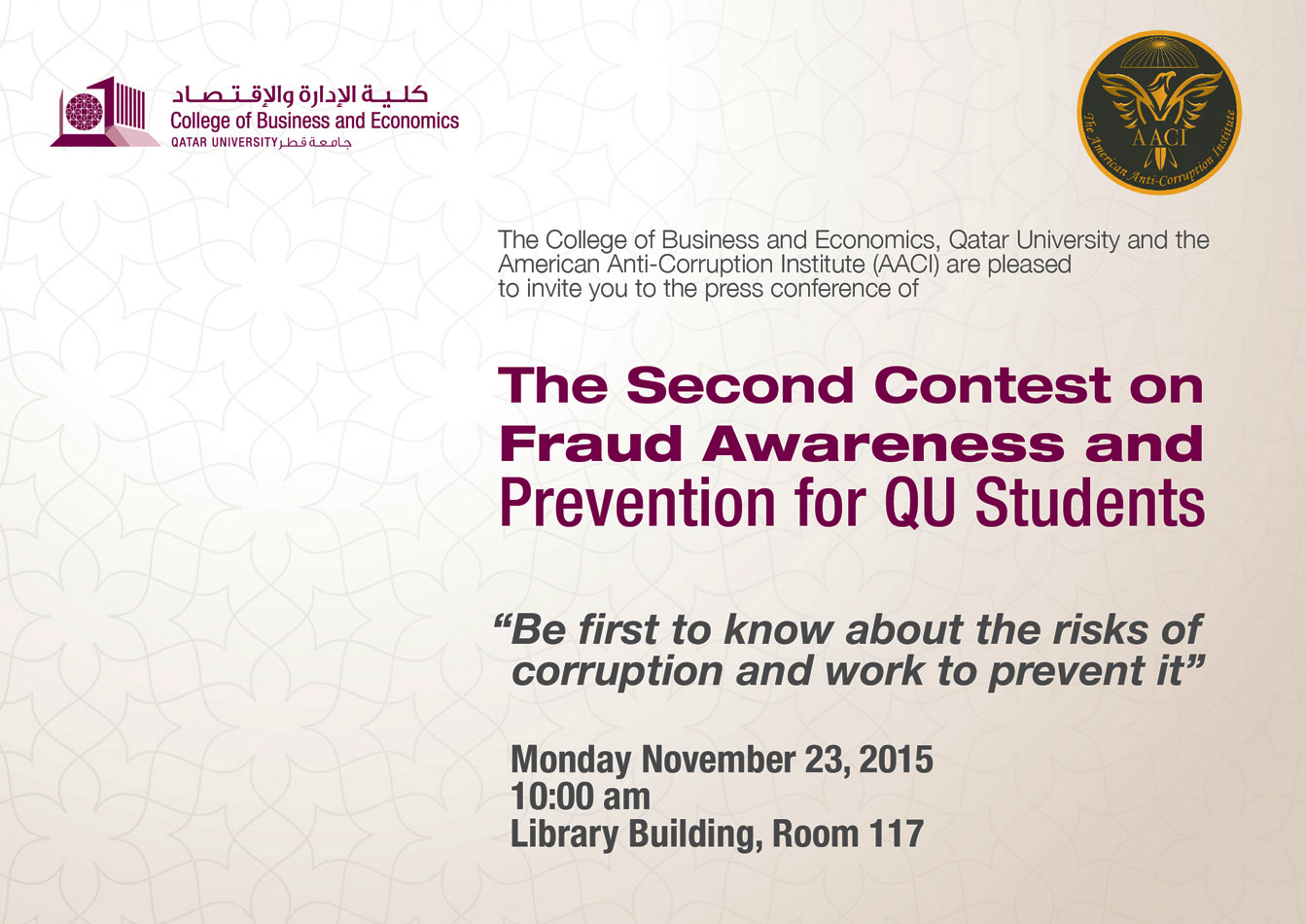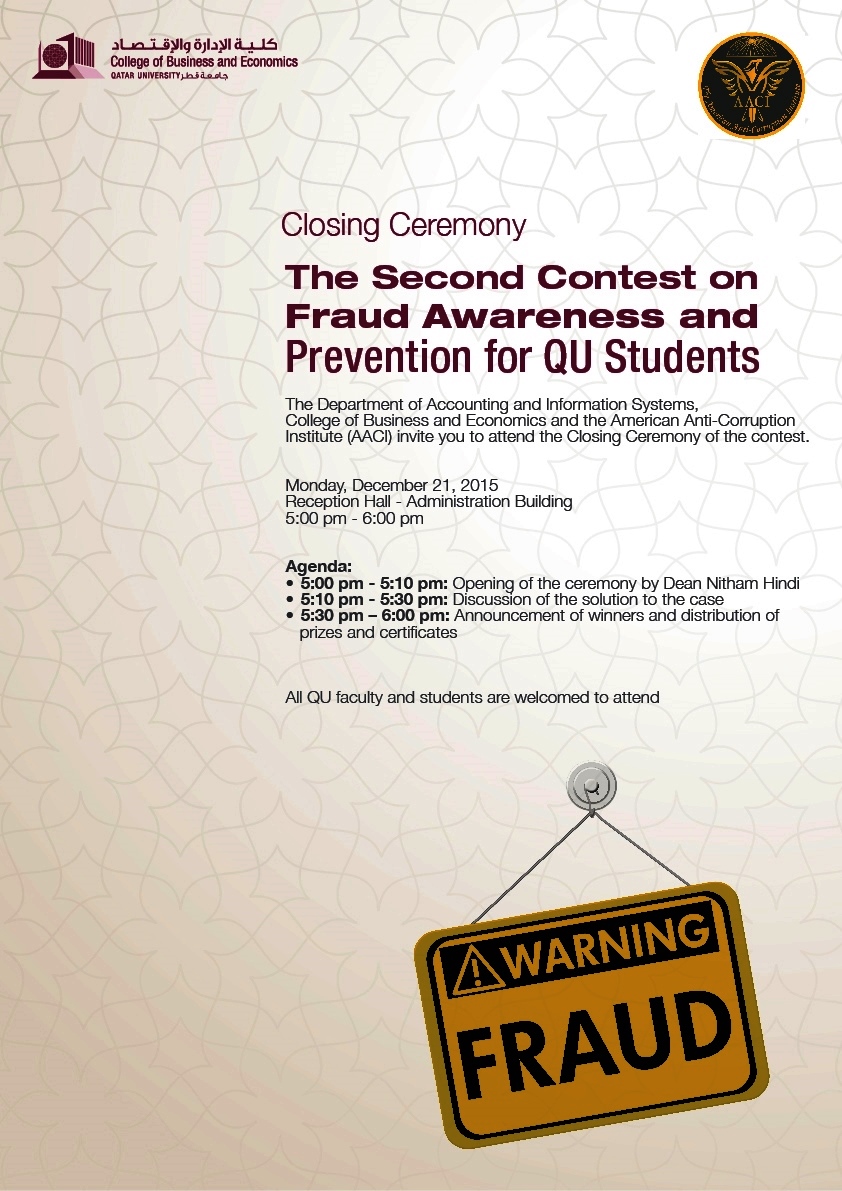Mike J. Masoud
November 15, 2024
Overview of Major Cyber Scams
1. Identity Theft: A prevalent scam involving unauthorized access to personal information, often leading to financial losses or reputation damage. Scammers use phishing, data breaches, or social engineering to obtain sensitive data. In 2023, identity theft accounted for significant portions of the $10 billion reported in U.S. fraud losses, according to Experian [1] and the FTC [2].
2. Deepfake Fraud: Enabled by generative AI, scammers create realistic but fraudulent audio or video, impersonating trusted figures. This has become a significant concern for businesses and individuals, often leading to financial exploitation.
3. Investment Fraud: Cybercriminals promise high returns through fraudulent investment schemes, leveraging social media and fake endorsements to lure victims.
4. Authorized Push Payment (APP) Scams: Victims are deceived into transferring funds to fraudsters posing as legitimate entities, such as banks or government institutions.
5. Parcel Delivery and Loan Fee Scams: These target unsuspecting individuals with fake delivery notifications or offers requiring upfront fees for loans.
Impact on Society
These scams impose significant financial burdens, disrupt trust in digital systems, and disproportionately affect vulnerable populations. For instance, cybercrime damages globally were estimated to exceed $10.5 trillion in 2025 [3][4], highlighting the urgent need for robust countermeasures.
Protective Measures
1. Regulatory Efforts: Governments are implementing stricter cybersecurity laws and encouraging businesses to adopt advanced fraud detection systems, such as AI-powered analytics.
2. Citizen Awareness: Public education campaigns help individuals recognize red flags, like unsolicited emails or unusually urgent requests for personal data.
3. Business Vigilance: Organizations must employ multi-factor authentication, monitor transactions for anomalies, and train employees on recognizing cyber threats.
Steps for Individuals and Organizations
A. Avoid sharing sensitive data through unsecured channels.
B. Regularly update software and use strong, unique passwords.
C. Verify the authenticity of requests, especially for financial transactions.
D. Engage with cybersecurity tools to detect and block malicious activities.
Conclusion
The rise in cyber scams demands collective action from individuals, businesses, and governments to strengthen defenses against these threats. Awareness, technological safeguards, and regulatory vigilance are essential to protect digital ecosystems and trust in online interactions.
Sources and References
[1] “New Experian Report Reveals Generative AI, Deepfakes and Cybercrime Are the Top Fraud Concerns for Businesses.” 2024. Experian. August 21, 2024. Accessed November 15, 2024. https://www.experianplc.com/newsroom/press-releases/2024/new-experian-report-reveals-generative-ai–deepfakes-and-cybercr.
[2] “As Nationwide Fraud Losses Top $10 Billion in 2023, FTC Steps up Efforts to Protect the Public.” 2024. Federal Trade Commission. February 9, 2024. Accessed November 15, 2024. https://www.ftc.gov/news-events/news/press-releases/2024/02/nationwide-fraud-losses-top-10-billion-2023-ftc-steps-efforts-protect-public.
[3] Morgan, Steve. 2021. “Cybercrime to Cost the World $10.5 Trillion Annually by 2025.” Cybercrime Magazine. November 13, 2021. Accessed November 15, 2024. https://cybersecurityventures.com/hackerpocalypse-cybercrime-report-2016/.
[4] Institute for Pervasive Cybersecurity. 2022. “Cybercrime to Cost the World $10.5 Trillion Annually by 2025 – Institute for Pervasive Cybersecurity.” June 16, 2022. Accessed November 15, 2024. https://www.boisestate.edu/cybersecurity/2022/06/16/cybercrime-to-cost-the-world-10-5-trillion-annually-by-2025/.


